Story
Sara shared that she started early in life as a rebellious teenager in a broken household. One bad decision after another and she ended up homeless, living on the streets begging for her food.
One day, she was done. Life wasn’t worth living anymore. She had enough of those dirty smelly clothes; she didn’t even remember when the last time she had a shower; and her hair was all tangled up, greasy, and messy.
Sara headed to the subway and stood on the platform waiting for the train to arrive. She kept staring at the tracks, gathering her courage to jump.
Then, she heard a gentle voice, “Excuse me, madam, you dropped your backpack”. An old lady with a kind serene smile, approached Sara handing her the greasy backpack she nonchalantly dropped as she was moving closer to the edge of the platform.
A word stood out for Sara: “Madam!” - “She called me madam!” Sara told me, “This one word changed my life forever.” Sara silently picked up her backpack, nodded, and moved away from the tracks. This simple word gave Sara the tiny boost of self-worth and hope she needed. It gave her the courage, not to jump, but to try one more time.
She reached into her bag for a relatively cleaner shirt. She went to the washroom, cleaned herself up, and headed to the coffee shop just around the corner. Earlier this morning, Sara had passed by the shop, they had an ad asking for a barista but she brushed it off. Why would they choose me, she thought. But now, maybe they will… just maybe… after all, I am a “madam!” She thought. And, here she is, a cheerful barista by morning and a college student by evening.
But, this story is not about Sara. Today’s story is about this anonymous lady who handed Sara her backpack at the subway station. We’ll never know her name, and she’ll never know ours. She will probably never hear Sara’s story. She will never know that one word, one smile, one simple act of pure love and care she did that day saved a life.
Reflection & Journaling prompts
We are living in a difficult time. It seems as if the world has gone mad. People don’t make sense anymore. It is easier to pick up a fight than to slow down and listen to your neighbor.
Margaret Wheatley, in her book, Who Do We Choose To Be? Invites us “to create islands of sanity in the midst of a raging destructive sea.” Wheatley acknowledges that we might not be able to change the world, “but we can change ourselves so that we can be of service to this world,” so we can offer “compassionate presences and trustworthy companions to those suffering in this world.”
Prophet Mohamed taught that if the Day of Resurrection befalls you and you are suddenly witnessing the world ending while holding a seedling in your hand, do plant it. It is never too late and your service is never too little to make a difference.
The Quran teaches about the true servants of the Lord of Mercy who tread the earth gently, and when the foolish improperly address them, they only respond with peace. (Q. 25:63)
وَعِبَادُ الرَّحْمَنِ الَّذِينَ يَمْشُونَ عَلَى الأَرْضِ هَوْنًا وَإِذَا خَاطَبَهُمُ الْجَاهِلُونَ قَالُوا سَلامًا
What tiny act of service can you add to the world today?
What beauty did you miss on your way to work, to school, to life… today?
What opportunity were you given to empower another human being today?
Art
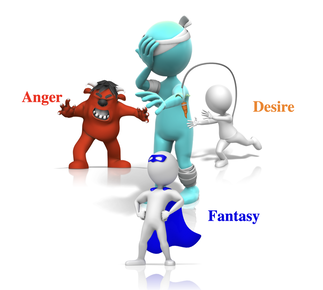
Desire and Anger, on one hand, are our motivations. They drive us towards or away from people, situations, and experiences.
Fantasy, on the other hand, is our Storyteller. He shapes our perception of the world and weaves a story out of every encounter so that we can make sense of life. With our Fantasy we create our vision of the world, our understanding of how reality works. This understanding, in turn, shapes our values and our choices.
Fantasy is the most valuable yet the most dangerous of the three companions. He is a trickster, an amazing storyteller whose stories are but figments of our imagination. This does not mean that reality is but an illusion or that our trauma, pain, and challenges are not real… They most probably are. It is the story that we build around them that might not be.
Fantasy is this annoying little voice in our head that keeps reminding us of how bad we’ve been, what a failure we are, how harsh is the world, how unfair is our boss or how painful our experiences… He might be there to serve us, to warn us at times. Yet, we should never let him lead the way. We need to stay in charge of our story. If we are awake and aware, our Fantasy will show the way but won’t be leading it.
Mindfulness helps us stay in charge of the stories he tells so we can choose to accept, alter, or reject them. We can always ask him for a better story, a richer narrative.
The kind lady who helped our barista chose to ignore the dirty clothes and the smelly hair that her Fantasy companion most probably weaved into the story. The images and details are the same but the story can change: “a filthy smelly person. She is probably an addict. I need to stay away from her. Her hair must be full of lice.” Or, “a poor homeless person who did not have the good fortune I had in life, let me be kind to her.”
The choice is yours.
Open a new page spread in your journal. Brainstorm a list of 10 phrases that you need/want to cancel from your daily self-talk. Like:
- I’m not good enough
- I’ll never make it on my own
- I’m not that smart
- Life is so hard
- If I help her/him/them, they’ll be better than me
- I have to be rude and harsh so that they respect me more
- I have to be nice so they will love me more
- Self-care is a luxury I can’t afford
- I don’t have time
- Why does this keep happening to me …
After you finish, pick a color that represents this voice, the voice of your Fantasy. You can use crayons, paint sticks, pens, collage papers…
Draw an image or a representation of your Fantasy companion.
Remember, there is no right or wrong way of doing it. Your art could be realistic or abstract… don’t worry about the drawing skills… don’t worry about coloring inside the lines, perspective, or proportions… just freely capture the feelings you are experiencing.
Take your time and then jot down any additional words that come to mind.
Now, look at your art:
- What color did you use? What texture? What shapes?
- How strong, sharp, heavy, or light are the colors, lines, and shapes?
- How powerful is your Fantasy companion? How is it affecting your life and your daily choices?
- How aware are you of his presence?
- Who is in charge?
- How does your Fantasy help and how does he hinder your good choices?
- If you want to add yourself to the page, where would you be?
Traditional Wisdom of the Month
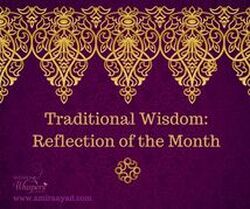
This opens a whole other debate about what is considered good.
A simple answer would be, as the Prophet taught, “Consult your heart.”
Deep in our hearts (our souls) we know good from evil. Yet, only a pure heart can truly discern the difference.
Rumi compares the heart to a mirror that reflects the Divine light - it needs continuous polishing to keep it from getting rusted and darkened.
“Love wants its tale revealed to everyone,
But your heart’s mirror won’t reflect this sun.
Don’t you know why you can’t perceive it here?
Your heart’s mirror is rusty - scrape it clear!”
- Rumi, MI: 34
This is not an easy task. Most of the debris that clouds the mirror starts as invisible tiny specks, unnoticeable and undetectable. They build up with every tiny choice we make in life. With time, as they accumulate, they opacify the face of the mirror - and like the boiling frog - the process falls out of our conscious awareness until it is too late.
Polishing our hearts is a lifelong endeavor. It is the greatest struggle and the ultimate task of a human being.
Body Whispers

When your throat chakra is out of balance, you are unable or unwilling to trust - trust yourself and your choices, trust your judgment, trust God, trust the flow of life and the experiences you are facing, trust the chaos and ambiguity, trust people and relationships.
When we feel disempowered and oppressed, it is almost impossible for us to empower others.
If you are experiencing problems aligning with/trusting/ accepting the Divine will in your life, you will be unable to speak your truth and stand up for yourself.
The fifth chakra holds the delicate balance between finding our voice and aligning this voice to the Divine will; the balance between fighting and banging our head against the wall trying to change what we cannot change on one side, and experiencing helplessness, resignation, and powerlessness on the other. It is finding our integrity and using our voice and our tiny daily choices in the service of others and the benefit of the world.



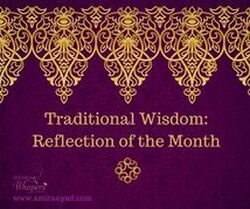
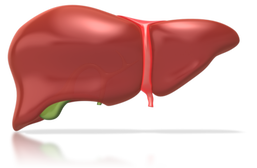


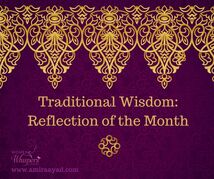
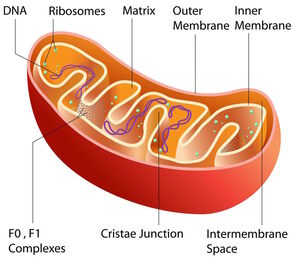



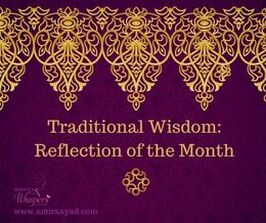


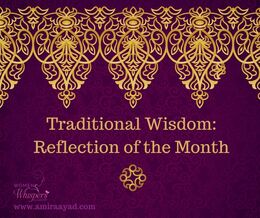
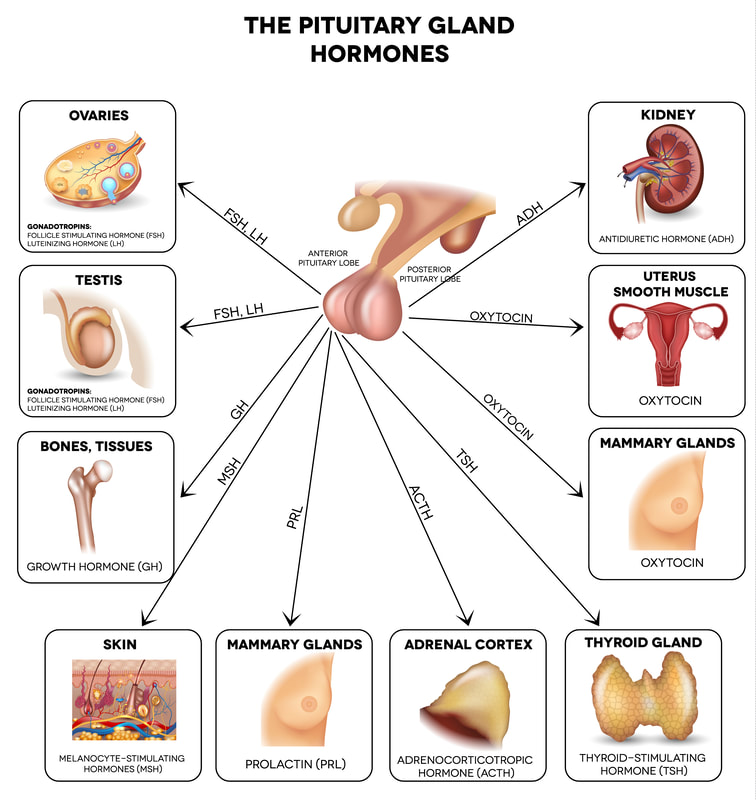


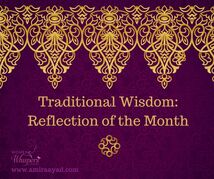
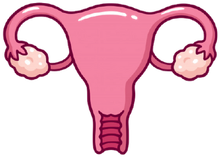
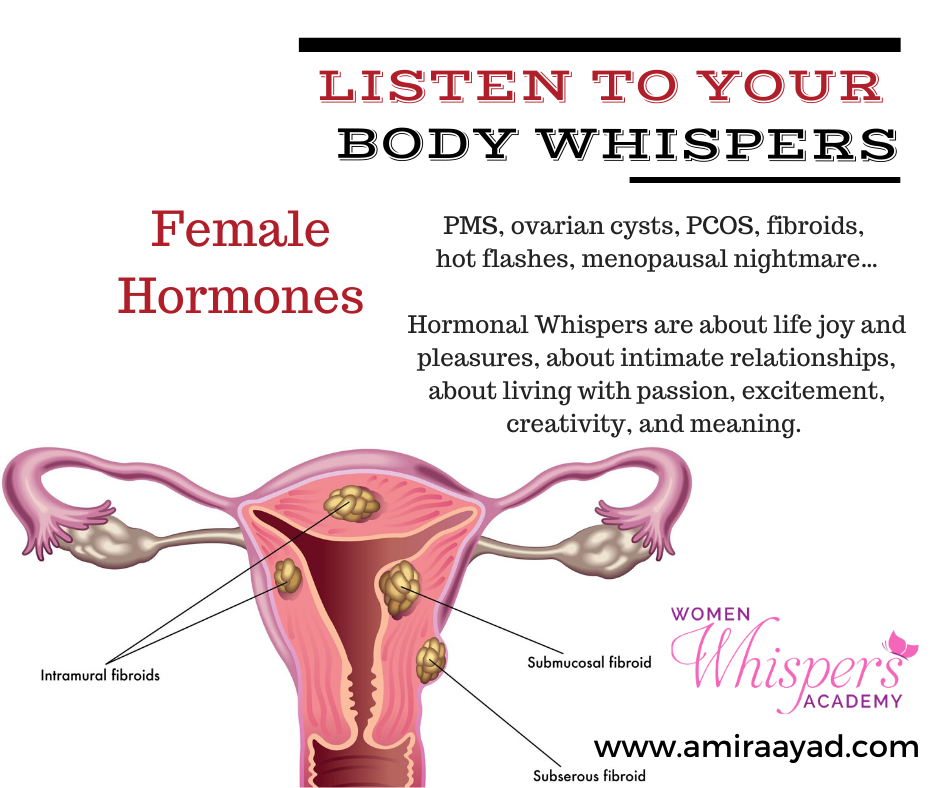




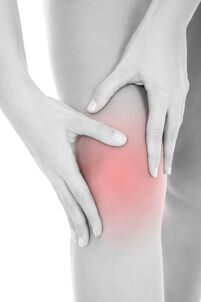
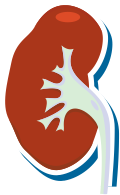
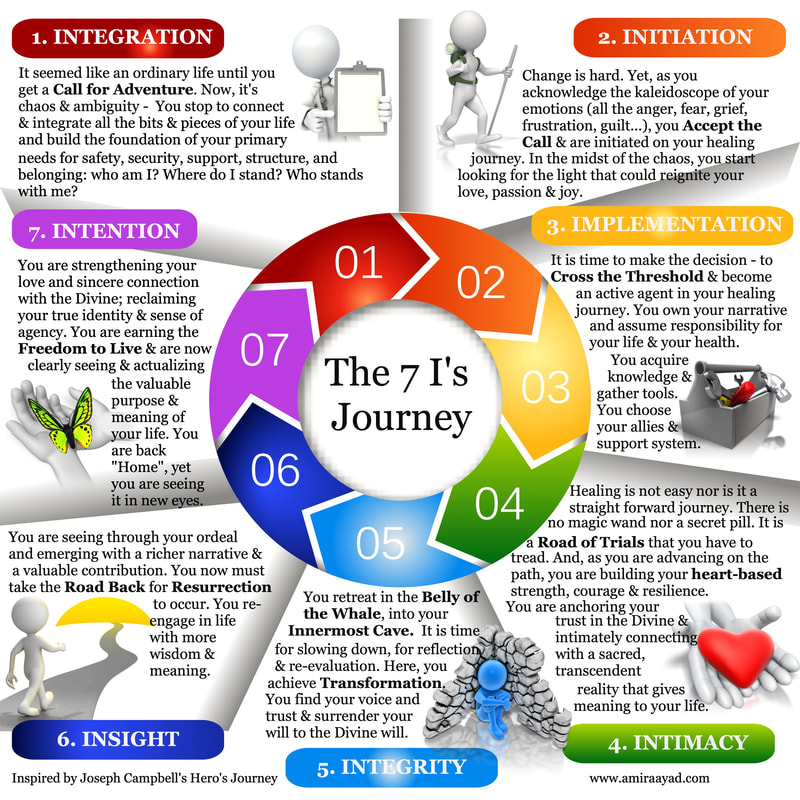

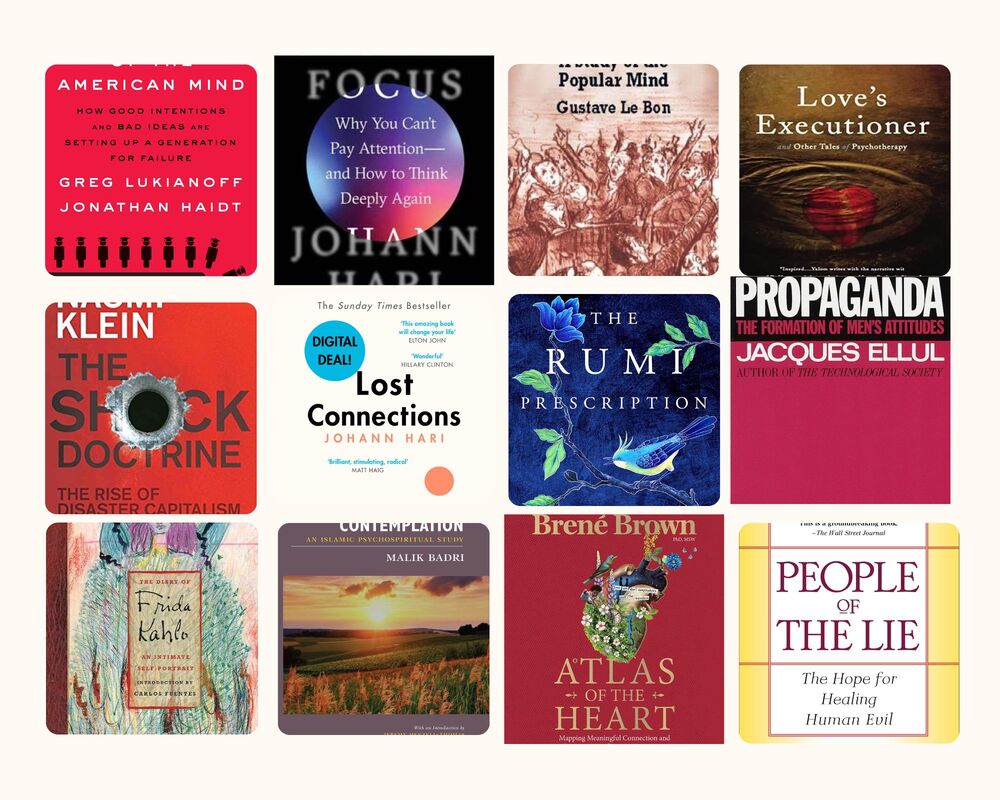

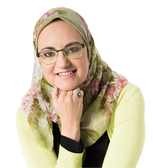

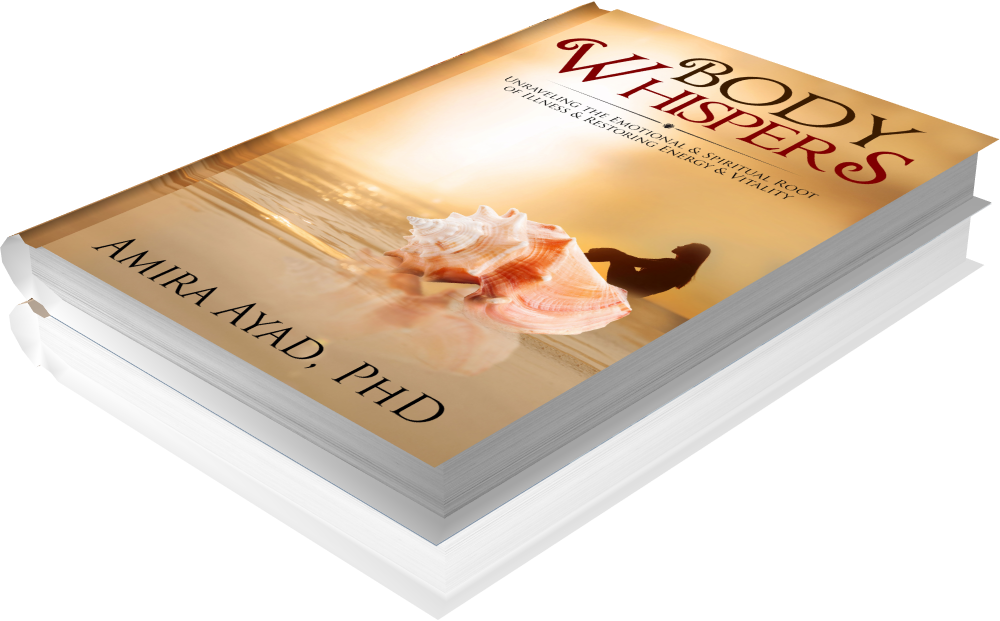
 RSS Feed
RSS Feed
